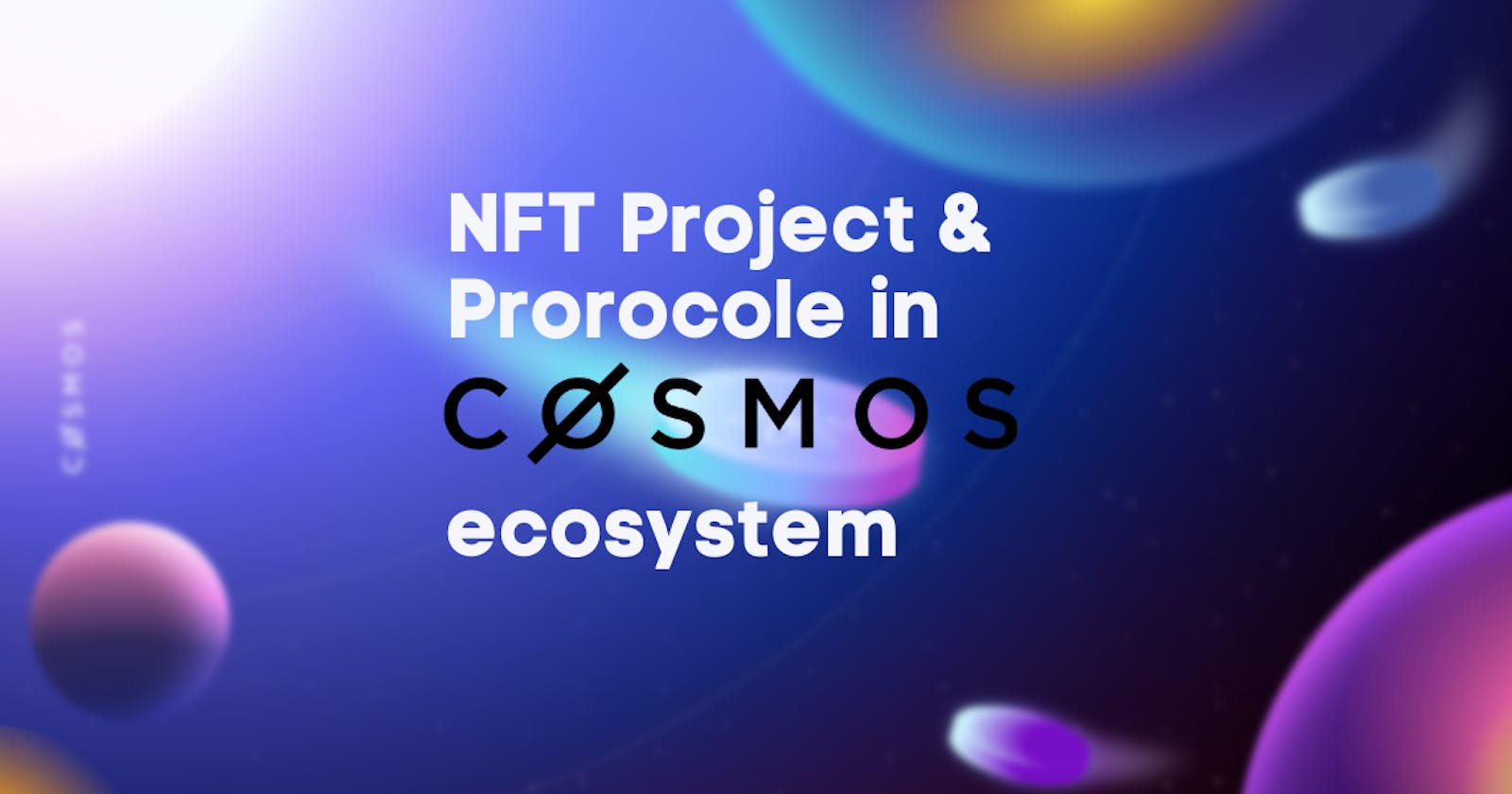NFT Projects & Protocols in Cosmos Ecosystem
Cosmos had committed to developing the NFT module since 2019.
At the end of 2021, we saw NFTs take the world of art and gaming by storm, and they show no sign of slowing down as we move in 2022. Whether you think they are a scam or a great new possibility for artists, they continue to make the headlines when they sell for millions of dollars.
But the question is
What exactly are NFTs?
How NFTs work?
How to make them?
So first, we'll cover all the nitty-gritty details of NFTs and then we move toward our topic NFT Projects & Protocols in Cosmos Ecosystem.
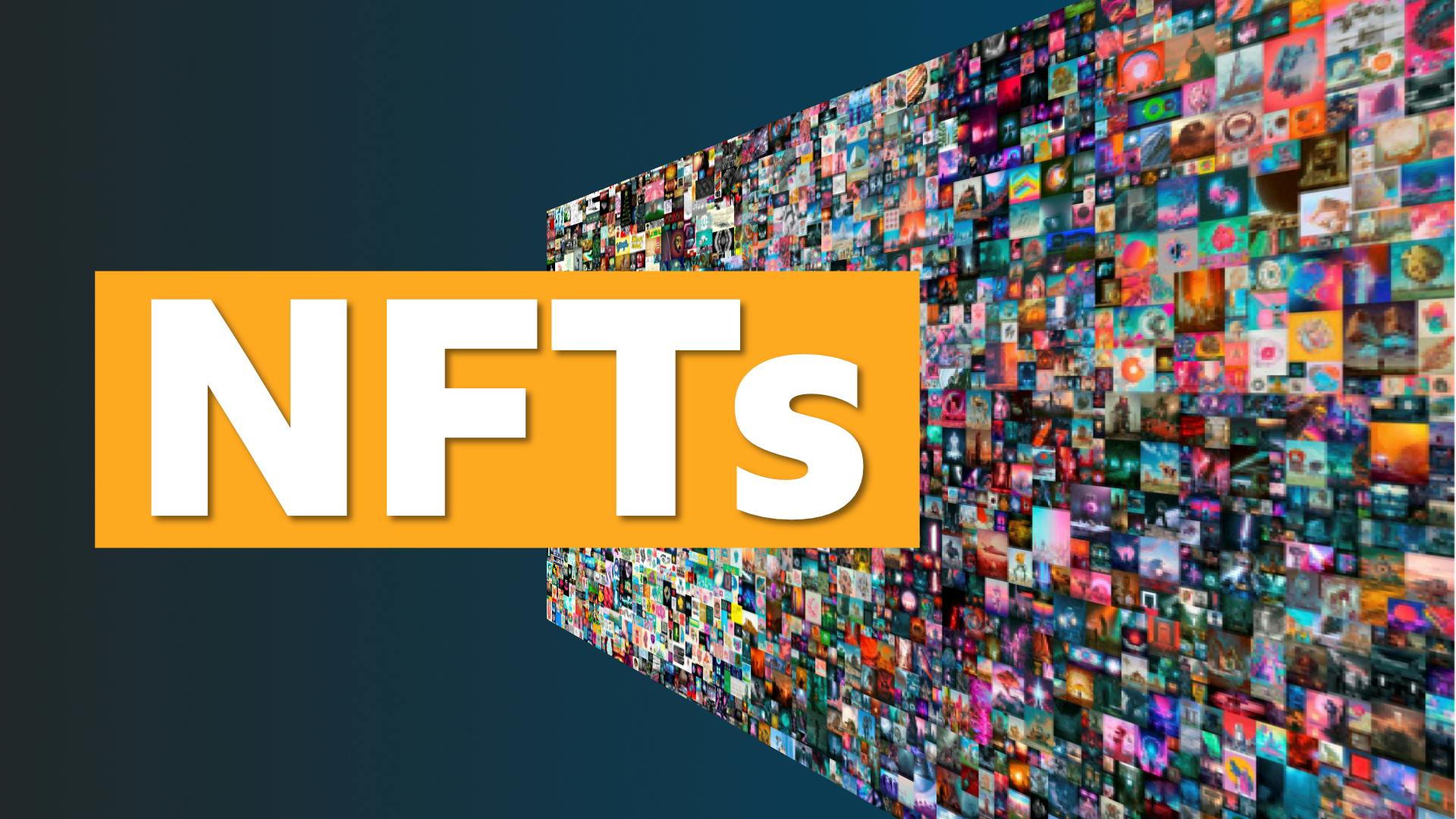
What are NFTs?
Non-fungible token.
Doesn't make any sense to you? Let's understand it in simple terms.
"Non-fungible" more or less means that it's unique and can't be replaced with something else. They are totally unique and non-interchangeable units of data stored on a digital ledger that uses Blockchain Technology to establish proof of ownership.
NFTs are collectible digital assets that hold value, just like how physical art holds value, so do NFTs. Any kind of easily reproduced digital file can be stored as an NFT to identify the original copy, like photography, art, music, videos, gif, stickers, tweets, and even memes.
How do NFTs work?
Like cryptocurrencies, NFTs are bought and sold on specialized platforms. OpenSea is the best-known NFT marketplace.
The unique identity and ownership of NFTs are verifiable via the blockchain ledger.
An NFT can only have one owner at a time. Ownership is managed through the uniqueID and metadata that no other token can replicate. NFTs are minted through smart contracts that assign ownership and manage the transferability of the NFT's. When someone mints( creates ) an NFT, they execute code stored in smart contracts that conform to different standards, such as ERC-721. This information is added to the blockchain where the NFT is being managed.
Cosmos - The Internet of Blockchains
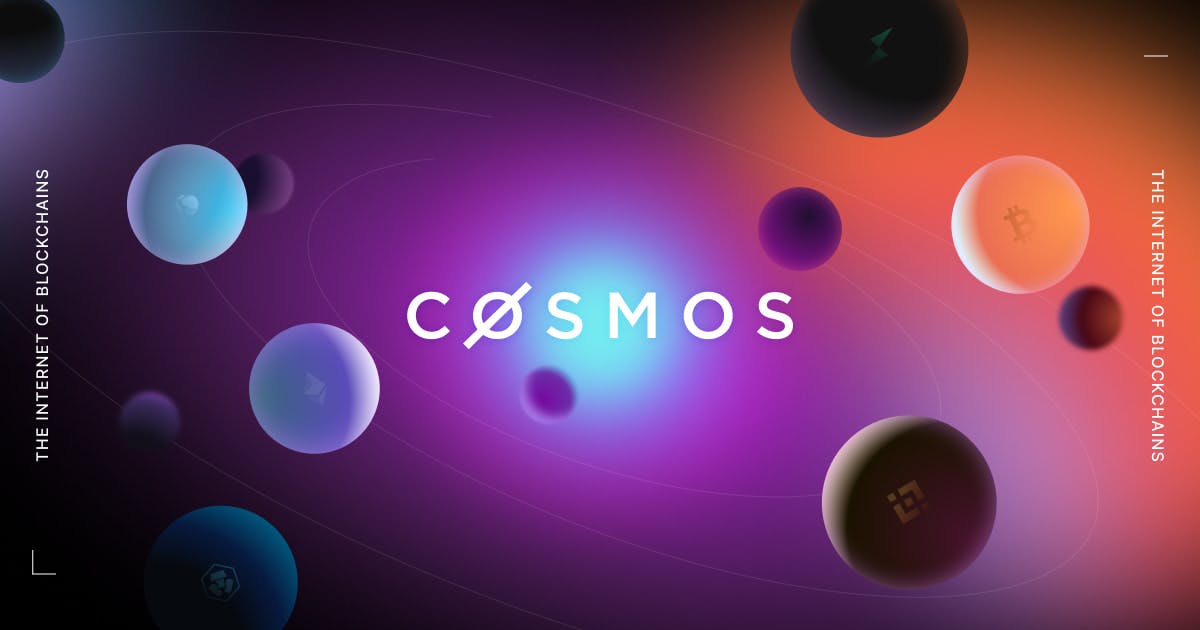
Cosmos is a decentralized network of independent parallel blockchains, each powered by BFT consensus algorithms like Tendermint consensus.
In simple words, Cosmos is a decentralized network of independent yet interoperable blockchains that are able to exchange information and tokens between each other permissionlessly.
Older blockchains like Ethereum and Bitcoin have been faulted for being deficient in terms of interoperability. These blockchains were built in silos without recourse to the need for communication with emerging blockchain networks. Due to this, the mass adoption of financial products in DeFi ( decentralized finance ) and non-fungible tokens has been grossly affected.
Cosmos aims to address some of the issues faced by other blockchains such as scalability, usability, and governance. By providing the tools to help developers quickly build independent blockchains for a variety of use cases and enabling blockchains in the network to communicate with each other.
Over 20 blockchains, including Cosmos Hub, Osmosis, Crypto.Org, and Terra, are now connected in the Cosmos ecosystem by the Inter-Blockchain Communication ( IBC ) protocol that allows independent blockchains to talk to each other and transfer data and assets.
Cosmos Hub ( $ATOM )
Cosmos Hub is the first blockchain in the Cosmos ecosystem launched on March 13, 2019. ATOM, the native token of Cosmos Hub, is used for transaction fees, staking, and as a voting mechanism in governance. ATOM is currently ranked as the 27th largest cryptocurrency with a market cap of around US$7.8 Billion, according to CoinGecko.
Cosmos SDK
The Cosmos SDK allows developers to easily build custom scalable and interoperable blockchain applications on top of Tendermint.
NFTs in Cosmos Ecosystem
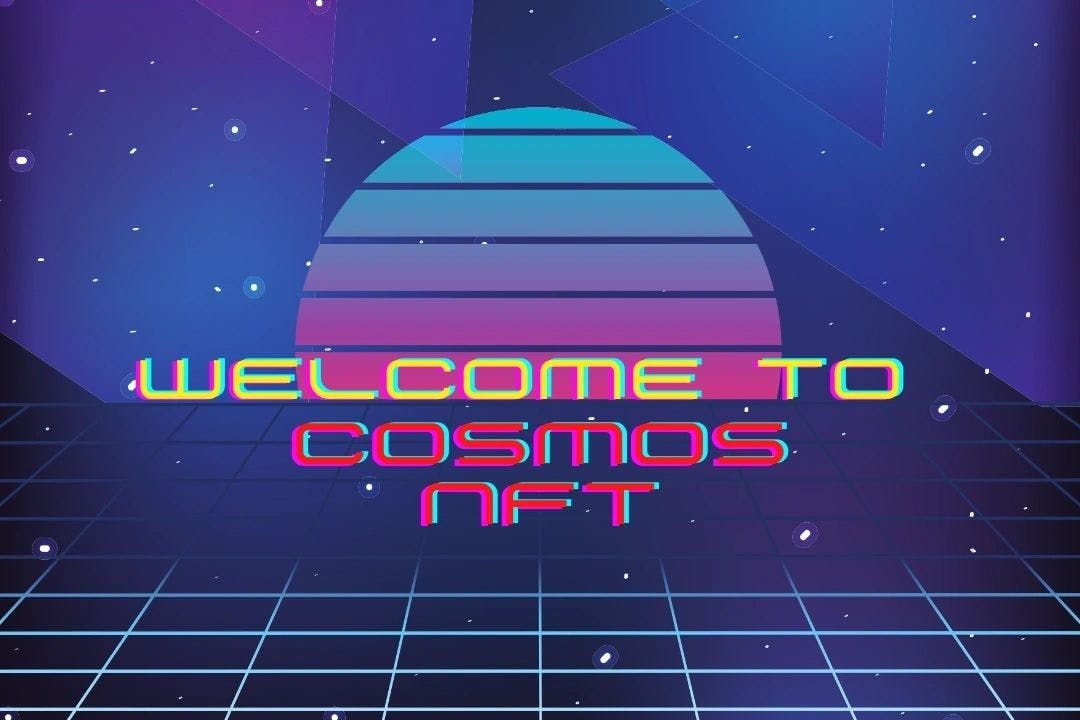
Cosmos had committed to developing the NFT module since 2019. However, the Cosmos development team had stopped updating the NFT module for an unknown reason later on. But on 19/05/2021 they updated the discussion for implementing a generic NFT module and is now ongoing on GitHub.
InterNFT Working Group
The InterNFT Working Group started working on Interchain standards to make NFTs interoperable across blockchain networks.
NFT Benefits
Apart from capitalizing on the interoperability functionality for use cases such as gaming to expedite mass adoption, NFTs stand to gain several other benefits from the 'internet of blockchains.' One of the core features of Cosmos is its fast finality with respect to transactions.
Transaction Speed
The Bitcoin blockchain processes seven transactions per second, while Entereum does 15 within the same timeframe. Yet, both blockchains fail to cater to applications with requirements for higher transaction throughput. Acquiring NFTs within the Cosmos ecosystem has proven to be shorn of the entry barriers present within other networks. The speed at which transactions are approved on the parent blockchain Cosmos Hub(ATOM) and other zones(blockchains) is something NFTs can leverage to enjoy wider acceptance.
Gas fee
One major impediment to the accessibility and adoption of NFTs is high gas costs, resulting from the inability of most blockchains like Ethereum to process more transactions within a short period. The Ethereum blockchain suffers exorbitant gas costs when the network is congested, and many transactions compete to get added to blocks. This serves as an entry barrier to prospective retail collectors, giving the impression that only collectors with deep pockets can acquire NFTs. But, Cosmos Network utilizes a cost-efficient mechanism to approve mint and purchase, including burn operations.
Greener & Environment-friendly NFTs
Just like cryptocurrencies, environmental concerns continue to surface with NFTs. Bitcoin and other proof-of-work cryptocurrencies require large amounts of energy, more than is used by entire countries to perform the computations associated with crypto mining. Mining consumes a significant amount of energy that translates into carbon emissions.
We all know that nowadays NFTs are very popular that's why it is in high demand so that every artist, creator, and collector who either makes, buys or sells NFTs using either Ethereum or other PoW blockchains are responsible for some emissions generated by miners on the network. Even though without NFTs, miners continue to solve puzzles and cause pollution.
The carbon emissions that NFTs are responsible for to calculate the share of emissions contributed by each person in a commercial plane flight.
Claimed by Joseph Pallant
Additionally, more NFT projects keep launching daily, increasing the number of transactions miners have to process. As transactions continue to rise, miners expend more energy in a bid to keep up with the work rate. Thus, more mining rigs mean more carbon emissions and more pollutions.
In Cosmos Ecosystem these concerns about the environmental impact of NFTs are watered down. Cosmos takes a significant shift from the Pow consensus and power each blockchain within the ecosystem with the Tendermint proof-of-stack consensus an energy-efficient consensus algorithm. As such, creators and artists can now think of making greener & environment-friendly NFTs.
NFT Projects in Cosmos
The Cosmos Network ecosystem is growing very fast. Many projects have emerged on Cosmos, In recent times, intending to expand the utility of NFTs.
Cosmos is the first blockchain to test the interoperability of NFTs.
Pylons
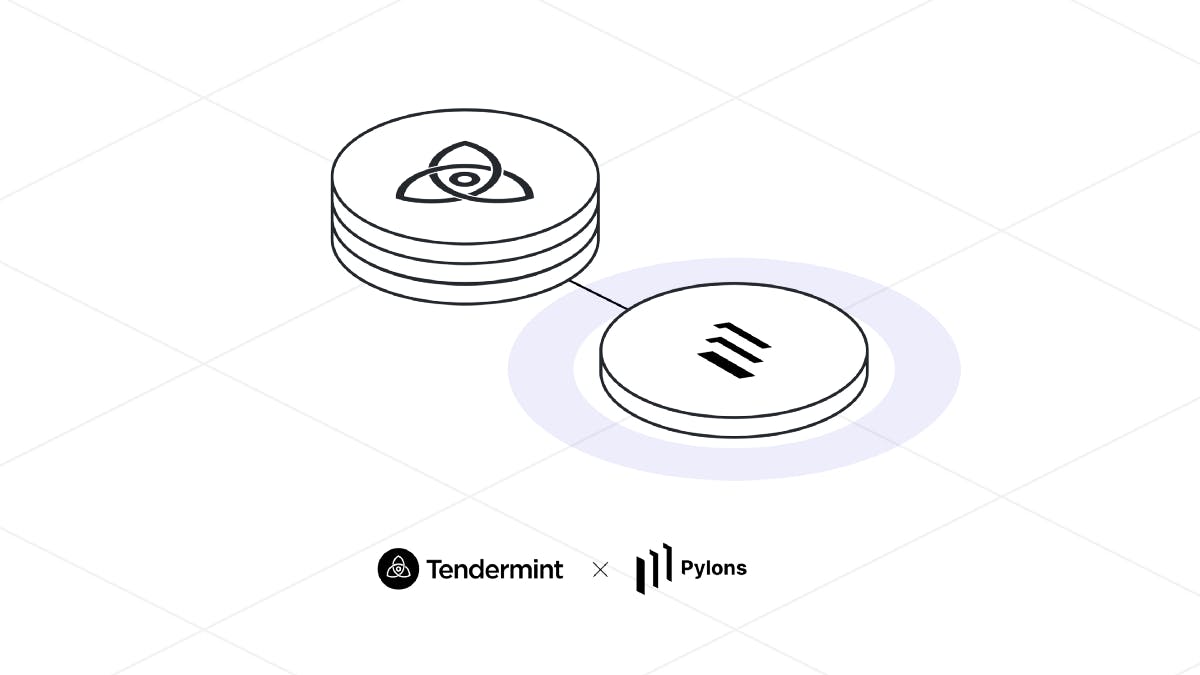
Pylons is an NFT engine based on the Cosmos SDK and IBC protocol. It's a platform that supports cross-game item trading with a low trading fee, high trading speed, easy to development features.
In April 2021, Tendermint Ventures announced that they were incubating Pylons as their flagship NFT chain for the Cosmos ecosystem.
Uptick

Uptick is the first NFT mobile app in Cosmos/IRISnet ecosystem. It supports digital collectible cards and e-tickets in the current phase. Users can purchase, transfer, and sell these NFT collections. Uptick supports Android devices in the current phase and can be found in the official download link and Google Play Store.
The implementation details of the IRISnet NFT module
It's basically derived from the NFT module of Cosmos SDK.
Shiaa3
The project is inspired by the game of Catan, but it is not Catan. Like Catan, it has 5 Assets that can be bought from the store and transferred among participants.
The transfer can be of 3 kinds exactly:
- User transfers his asset to other users
- The user gambles the asset in the club and if wins, receives all assets of the pool.
- IBC Asset transfer - The assets can be transferred among 2 chains that have an assets module, it communicates via the assets module.
In the club, the participants of the pool play Game Of Shai, and the winners are rewarded with staked assets.
Apart from the above three projects OmniFlix Network, assetMantle, Stargaze, Strange Clan, Passage3D, and Secret Network NFTs are trending projects in the Cosmos ecosystem. The Secret Network NFTs strike more interest in all the projects mentioned above. Artists and collectors will be able to hide the metadata of their collections, ensuring privacy something that is impossible on public blockchains.
Conclusion
In the current Cosmos ecosystem, the official NFT implement guide and module development work are still in progress. However, several development teams have published their NFT applications to the production phase already.

